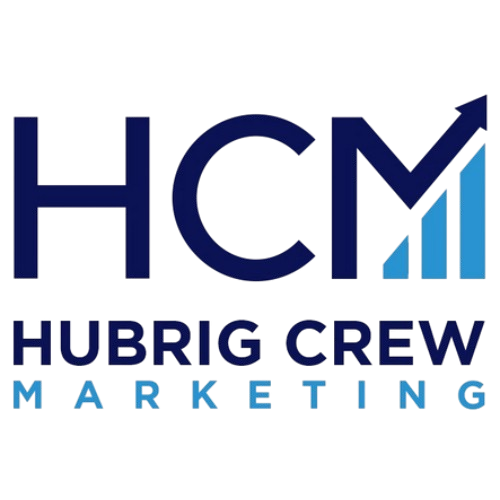Introduction to SEO Benefits
In the digital age, a strong online presence is more than just a luxury—it’s a necessity. Whether you’re a small business or a large corporation, the internet is where your customers are. But how can you ensure they find you among the sea of competitors?
This is where Search Engine Optimization (SEO) comes into play. SEO is the art and science of tweaking your website to be more visible on search engines like Google. It’s not just about stuffing keywords into your content; it’s about understanding what your audience is searching for and delivering it effectively.
Incorporating SEO into your digital marketing strategy has immense benefits. It enhances your site’s visibility, leading to increased organic traffic and a broader audience reach. By aligning SEO with your business goals, you ensure that your marketing efforts are not just a shot in the dark but a targeted approach that yields results. Moreover, unlike paid advertising, SEO offers long-term benefits, continuously attracting visitors over time without the constant need for investment.
Overall, SEO isn’t just a component of digital marketing; it’s the foundation of a strong digital marketing strategy that drives success.
Boosting Online Visibility
SEO is a powerful tool to enhance your website’s visibility in search engine results. By improving your site’s ranking, you make it easier for potential customers to find you among the competition. One key factor is optimizing website loading speed, which directly impacts search rankings. Tools like Google’s PageSpeed Insights can help you identify speed issues, allowing for quick improvements.
Moreover, SEO drives higher organic traffic, which is both cost-effective and targeted. Unlike paid ads, organic traffic doesn’t incur costs per click, making it a sustainable strategy for businesses. In fact, organic search leads to higher engagement rates, as users are often looking specifically for your products or services.
Adopting a comprehensive SEO strategy also broadens your audience reach. Implementing international SEO practices allows your business to tap into global markets. This not only increases visibility but also positions your brand against international competitors. As one expert put it, “SEO isn’t just about being found—it’s about being found by the right people.” By focusing on these strategies, you ensure your digital marketing efforts yield maximum visibility and impact.
Targeting the Right Audience
Effectively targeting the right audience is crucial for any SEO strategy. At the heart of this approach is keyword research, which helps identify what potential customers are searching for online. By understanding search behavior, businesses can tailor their content to meet the needs of their audience, enhancing engagement and relevance.
Targeting specific demographics is another vital component. Tools like Google Analytics reveal the age, gender, and interests of website visitors, allowing for more personalized content strategies. For instance, a brand might discover a significant portion of its audience is Millennials, prompting the creation of content that resonates with this demographic’s preferences and values.
Leveraging SEO can also lead to higher conversion rates. By aligning content with user intent and optimizing for the right keywords, businesses can improve their site’s quality and drive desired actions. Consider this table comparing conversion rates across various industries:
| Industry | Average Conversion Rate |
|---|---|
| E-commerce | 1.8% |
| Finance | 5.01% |
| Healthcare | 3.62% |
These insights highlight the potential of a well-crafted SEO strategy to not only reach but also convert the right audience, maximizing the ROI of digital marketing efforts.
Cost-Effectiveness of SEO
In the realm of digital marketing, SEO stands out as a cost-effective strategy, especially when compared to paid advertising. While paid ads deliver instant results, they operate on a pay-per-click model, requiring continuous investment to maintain visibility. In contrast, SEO requires a significant initial investment in time and resources but proves more economical in the long run.
SEO’s sustainability lies in its ability to generate organic traffic over time without ongoing expenses. Once your content ranks well, it continues to attract visitors, reducing reliance on paid advertising. This long-term strategy not only supports sustainable growth but also enhances brand credibility.
From a financial perspective, SEO’s return on investment (ROI) is compelling. Although specific statistics on ROI can be elusive, the consensus is clear: SEO efforts yield substantial financial benefits by driving consistent traffic and building lasting brand authority. For businesses like Sarah’s online boutique, this translates into a steady stream of visitors and potential customers, demonstrating SEO’s enduring impact on digital marketing success.
Building Trust and Credibility
SEO plays a pivotal role in establishing a brand’s reputation by enhancing visibility and aligning its messaging with audience interests. This synergy between SEO and branding fosters trust, which is essential for a positive reputation. High search rankings indicate that a brand is both relevant and credible, capturing attention and building trust with potential customers.
Quality content is crucial in this process. According to Search Engine Journal, search engines rely heavily on content to understand and rank webpages. High-quality content that meets user needs is more likely to be indexed and ranked favorably, thereby enhancing user satisfaction and engagement. As one industry expert noted, “Effective content is the backbone of successful SEO, directly influencing user satisfaction and search engine rankings.”
Moreover, appearing in high search rankings can significantly affect user trust. A Cornell study found that while higher-ranked results are clicked more often, trust is maintained through accurate and reliable content. The key to building trust lies in providing valuable, relevant information that aligns with user queries, thereby establishing your brand as an authoritative source.
SEO FAQs
What are common misconceptions about SEO? Many believe SEO is a one-time task, but it requires ongoing updates. Others think keyword stuffing boosts rankings, whereas quality content with natural keyword use is more effective. Also, while backlinks are important, focus on their relevance and authority.
How long does it take to see results from SEO? According to Google, SEO generally takes 4-12 months to show results. This timeline depends on factors like your goals, competition, and resources. Patience and consistency are key as SEO is a long-term strategy.
What are some best practices for beginners? Start by including keywords naturally in your content. Write unique title tags and use heading tags for structure. Regularly update and submit an XML sitemap, build internal links, and focus on user experience. Conduct technical audits to ensure your site is optimized.
Understanding these fundamentals can set a strong foundation for your SEO efforts, leading to long-term success.
Conclusion
Incorporating SEO into your digital marketing strategy offers a plethora of benefits. By boosting your online visibility, you can attract more organic traffic and expand your reach. Targeting the right audience with precise keyword strategies increases the potential for conversions and enhances your return on investment.
Moreover, SEO’s cost-effectiveness and ability to build trust with users make it an attractive choice for sustainable growth. While it demands patience and ongoing effort, the long-term gains are undeniable.
Adopting SEO is a strategic move that can elevate your business in today’s competitive digital landscape. By committing to best practices and understanding the realistic timeline for results, you can position your brand for success.
Remember, digital marketing success is not just about immediate results but creating a robust online presence that stands the test of time. Embrace SEO, and you’ll be on your way to achieving your business goals and thriving in the digital age.



